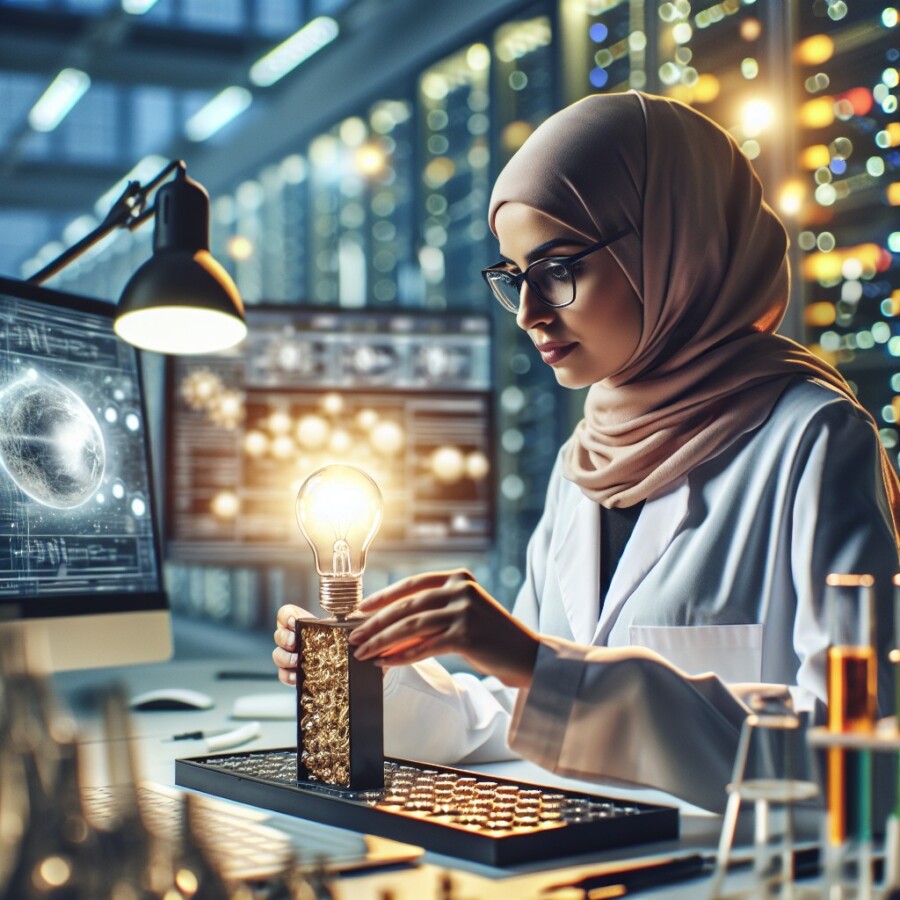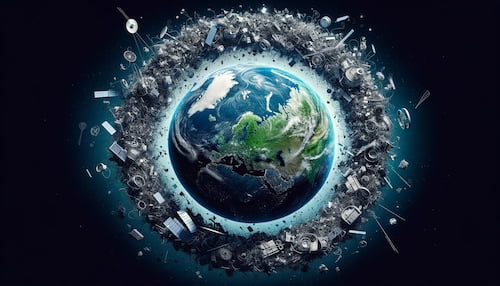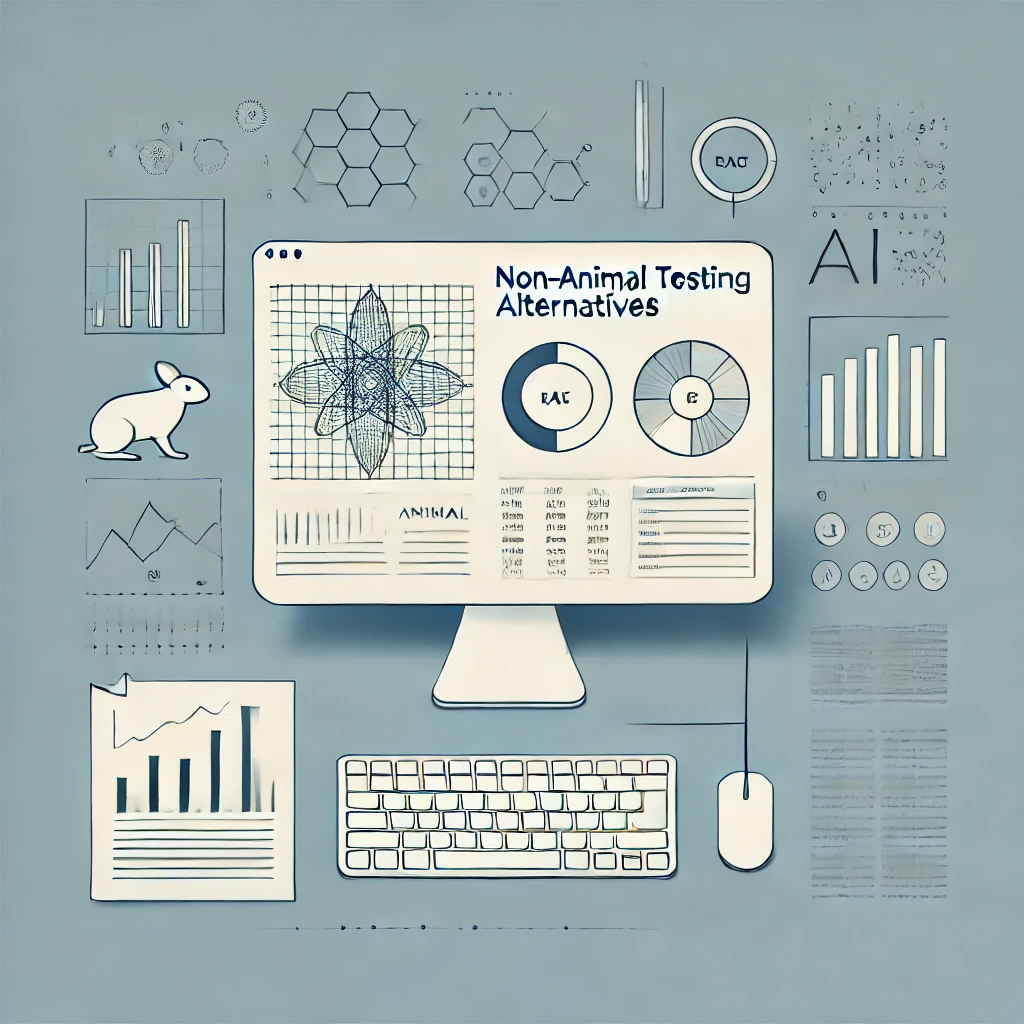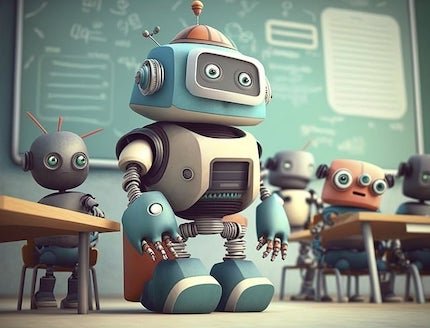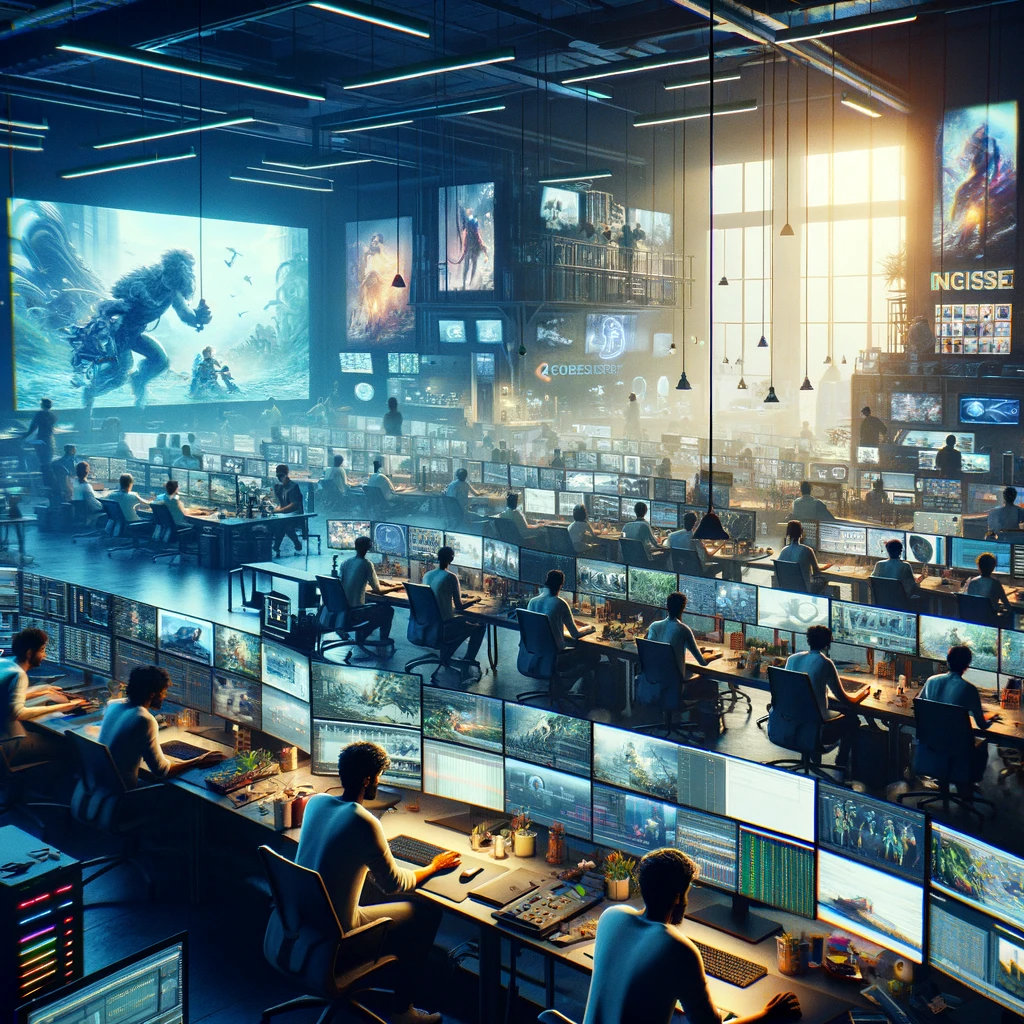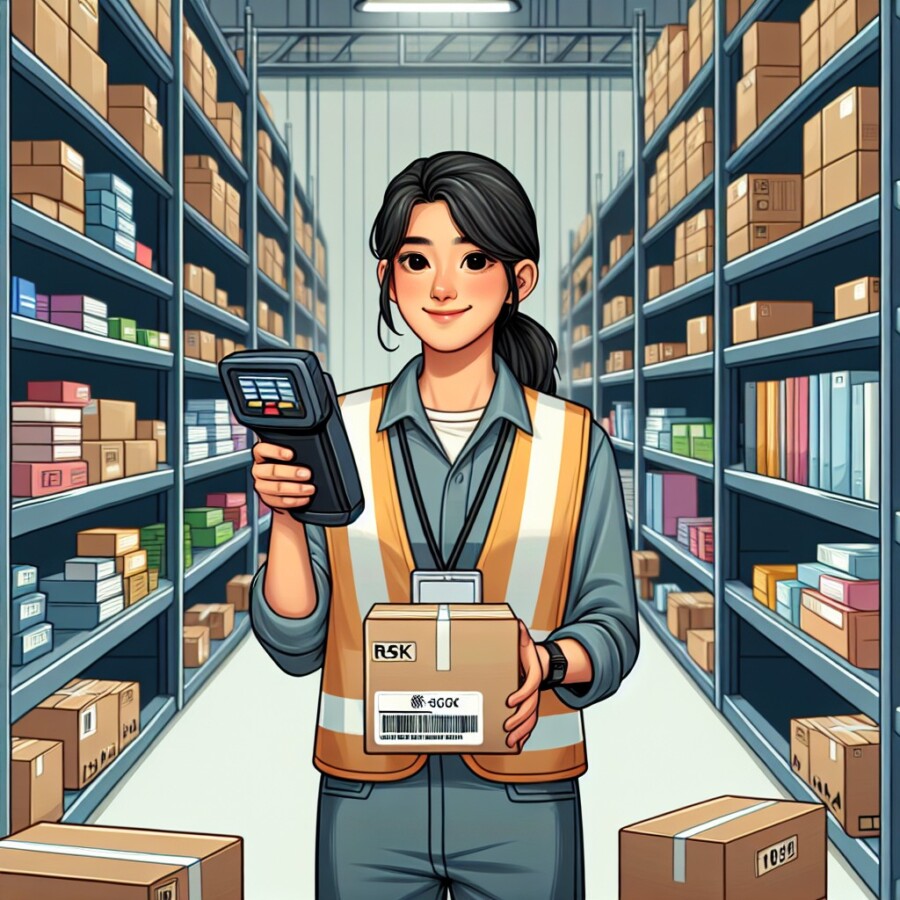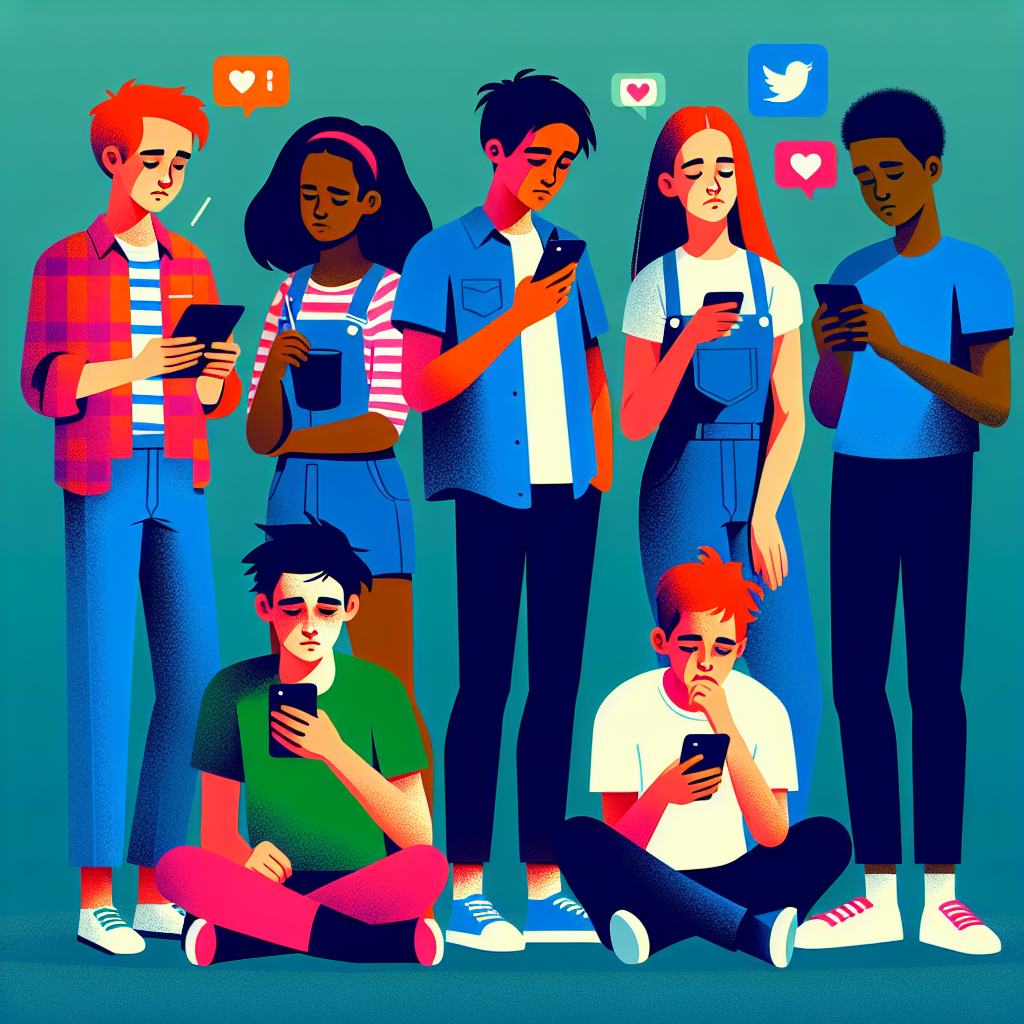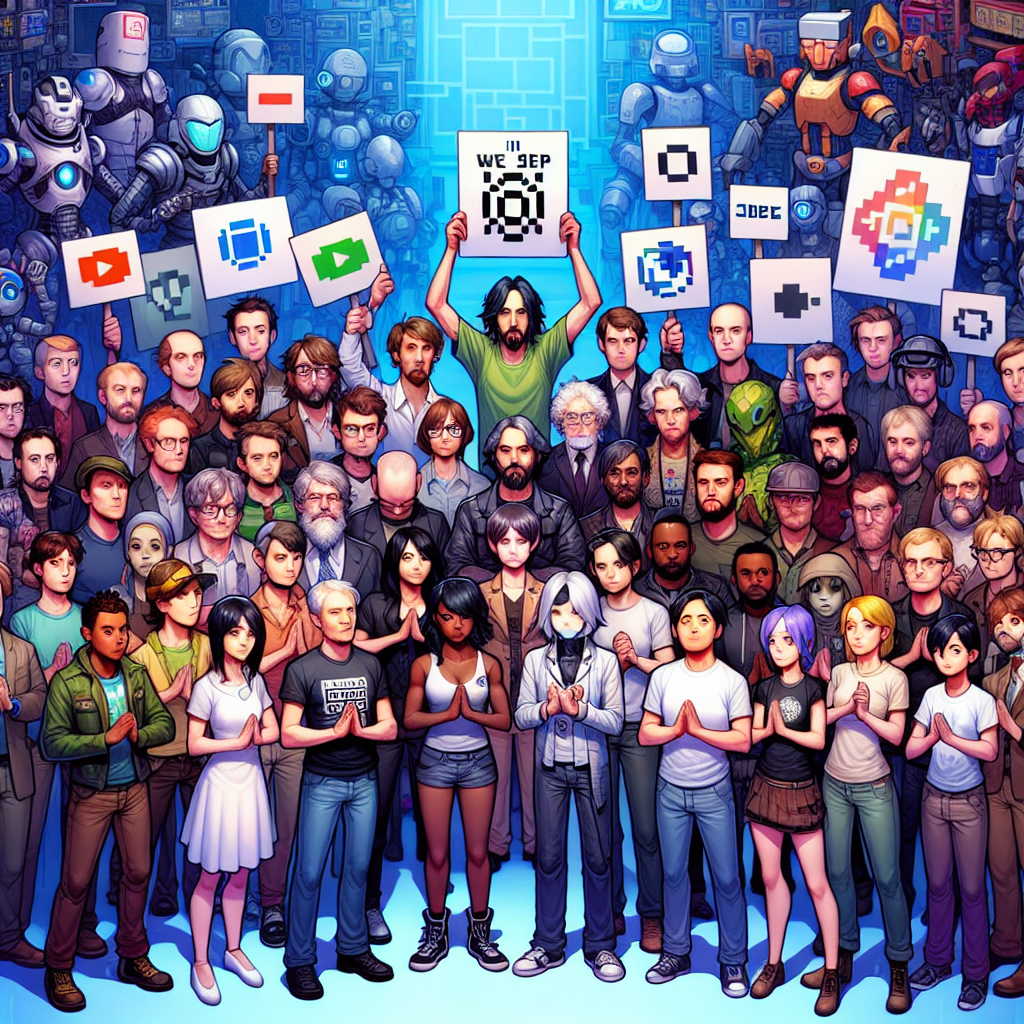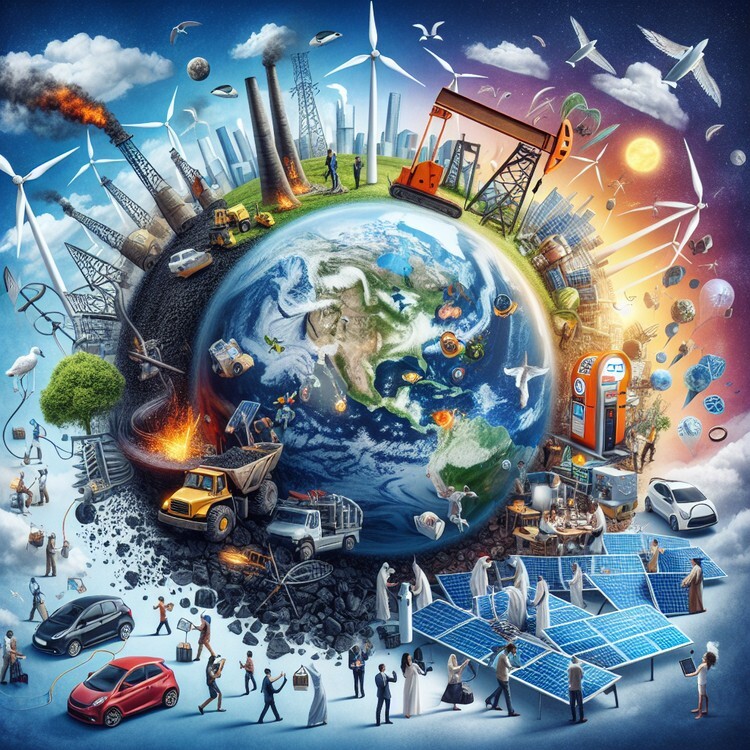Microsoft and the Pacific Northwest National Laboratory (PNNL) have discovered a new material using artificial intelligence (AI) and supercomputing that could potentially reduce the use of lithium in batteries by up to 70%. The material has already been used to power a lightbulb. Using AI and supercomputers, Microsoft researchers were able to narrow down 32 million potential materials to 18 promising candidates in less than a week, a process that would have taken over two decades using traditional lab research methods. The development of a working battery prototype took less than nine months. The use of AI and high-performance computing is expected to revolutionize scientific discovery in the future.
Lithium is a key component in rechargeable batteries, such as lithium-ion batteries, used in electric vehicles and smartphones. As the demand for lithium increases, there could be a shortage of the material by 2025. The extraction of lithium has a significant impact on the environment and can take several years to develop. The AI-derived material, currently known as N2116, is a solid-state electrolyte that has been tested and has the potential to be a sustainable energy storage solution. Solid-state batteries are safer than traditional liquid or gel-like lithium batteries and promise faster charging and more energy density.
AI and supercomputing are expected to become crucial tools for battery researchers in the coming years to predict new high-performing materials. However, caution is advised as the technology could produce spurious results or materials that cannot be synthesized in the lab. The AI technology used by Microsoft is based on scientific materials, databases, and properties, making the data trustworthy for scientific discovery. The AI insights from Microsoft enabled PNNL to quickly identify a potentially fruitful material for further development and evaluation, showcasing the promise of advanced AI in accelerating innovation in the battery industry.
Original news source: New material found by AI could reduce lithium use in batteries (BBC)
🎧 Listen:
Slow
Normal
Fast
📖 Vocabulary:
| 1 | artificial | Created by human skill and imagination rather than occurring naturally |
| 2 | supercomputing | The use of extremely powerful computers to perform complex calculations |
| 3 | lithium | A soft, silver-white metal used in various industrial applications |
| 4 | rechargeable | Capable of being restored to full power or use after depletion |
| 5 | shortage | A situation where the supply of something is insufficient for demand |
| 6 | extraction | The process of removing something from a place where it is deposited |
| 7 | impact | The effect or influence of one thing on another |
| 8 | solid-state | Relating to a form of technology that uses solid materials instead of liquids or gels |
| 9 | electrolyte | A substance that conducts electricity within a battery |
| 10 | sustainable | Able to be maintained at a certain rate or level without depleting resources |
| 11 | density | The amount of mass per unit volume in a substance |
| 12 | spurious | False or fake, not genuine |
| 13 | synthesized | Created or put together using chemical or physical processes |
| 14 | databases | Collections of organized information stored in a computer system |
| 15 | innovation | The introduction of new methods, ideas, or products |
Group or Classroom Activities
Warm-up Activities:
– News Summary
Instructions: Divide the class into pairs. Give each pair a few minutes to read the article. Then, ask each pair to summarize the key points of the article in a short news summary, highlighting the discovery of the new material and its potential impact on battery technology. Afterward, have a few pairs share their summaries with the class.
– Opinion Poll
Instructions: Divide the class into small groups. Assign each group a role: battery researchers, environmentalists, or consumers. Ask each group to discuss and debate their opinions on the use of AI and supercomputing in battery research, as well as the potential benefits and drawbacks of the new material. Afterward, conduct an opinion poll within each group, where each member votes on the most convincing argument made during the discussion.
– Sketch It
Instructions: Give each student a blank piece of paper and a pen or pencil. Ask them to sketch a visual representation of the new material and its impact on battery technology based on their understanding of the article. Afterward, have students pair up and share their sketches with each other, explaining the key elements and concepts depicted in their drawings.
– Vocabulary Pictionary
Instructions: Create a list of key vocabulary words from the article, such as “artificial intelligence,” “supercomputing,” “lithium,” “solid-state electrolyte,” etc. Divide the class into small teams and give each team a whiteboard or a large piece of paper. One member from each team takes turns selecting a word from the list and drawing a visual representation of it, while their team members try to guess the word. The team that guesses the most words correctly wins.
– Future Predictions
Instructions: Divide the class into pairs. Ask each pair to discuss and make predictions about the future implications of the new material and its impact on battery technology. Encourage them to consider the potential effects on various industries, such as electric vehicles and smartphones, as well as the environment. Afterward, have pairs share their predictions with the class and engage in a discussion about the different possibilities.
🤔 Comprehension Questions:
1. How did Microsoft and PNNL use AI and supercomputing to discover a new material?
2. How long did it take Microsoft researchers to narrow down 32 million potential materials to 18 promising candidates?
3. What is the potential benefit of the new material in terms of reducing the use of lithium in batteries?
4. What is the name of the AI-derived material that has been tested?
5. What are some advantages of solid-state batteries compared to traditional lithium batteries?
6. Why is there concern about a potential shortage of lithium by 2025?
7. What are some potential risks or limitations of using AI and supercomputing in battery research?
8. How did the AI insights from Microsoft benefit PNNL in their search for a new material?
Go to answers ⇩
🎧✍️ Listen and Fill in the Gaps:
Microsoft and the Pacific Northwest National Laboratory (PNNL) have discovered a new material using artificial intelligence (AI) and supercomputing that could (1)______ly (2)______ the use of (3)______ in batteries by up to 70%. The material has already been used to power a lightbulb. Using AI and supercomputers, Microsoft (4)______ were able to narrow down 32 million potential materials to 18 promising candidates in less than a week, a process that would have taken over two decades using traditional lab research methods. The development of a working (5)______ prototype took less than nine months. The use of AI and high-performance computing is expected to revolutionize scientific discovery in the future.
Lithium is a key component in rechargeable batteries, such as lithium-ion batteries, used in (6)______ vehicles and smartphones. As the demand for lithium increases, there could be a (7)______ of the material by 2025. The extraction of lithium has a significant (8)______ on the environment and can take several years to develop. The AI-derived material, currently (9)______ as (10)______, is a solid-state electrolyte that has been tested and has the potential to be a sustainable energy storage (11)______. Solid-state batteries are safer than traditional liquid or gel-like lithium batteries and promise faster (12)______ and more energy density.
AI and supercomputing are expected to become crucial tools for battery researchers in the coming years to predict new high-performing materials. However, caution is advised as the technology could produce (13)______ results or materials that cannot be synthesized in the lab. The AI technology used by Microsoft is (14)______ on scientific materials, databases, and properties, making the data trustworthy for scientific discovery. The AI insights from Microsoft enabled PNNL to quickly identify a potentially (15)______ material for further development and evaluation, showcasing the (16)______ of advanced AI in accelerating innovation in the battery industry.
Go to answers ⇩
💬 Discussion Questions:
Students can ask a partner these questions, or discuss them as a group.
1. What is the potential impact of reducing the use of lithium in batteries by 70%?
2. How would you feel if you could charge your phone or electric vehicle much faster with a new battery technology?
3. Do you think the use of AI and supercomputing in scientific research will become more common in the future? Why or why not?
4. What are some potential advantages of using solid-state batteries over liquid or gel-like lithium batteries?
5. How do you think the development of new battery technologies could affect the environment?
6. Do you think AI technology should be used more in scientific research? Why or why not?
7. How would you feel if there was a shortage of lithium by 2025?
8. What are some potential drawbacks or risks of relying on AI and supercomputing for scientific discovery?
9. Do you think the use of AI in battery research will lead to more sustainable energy storage solutions? Why or why not?
10. How important do you think it is to find alternative materials for batteries, considering the increasing demand for lithium?
11. What is your opinion on the use of AI in accelerating innovation in the battery industry?
12. How do you think the development of new battery technologies could impact the adoption of electric vehicles?
13. Do you think the use of AI and supercomputing in scientific research will lead to more breakthrough discoveries in other fields? Why or why not?
14. How would you feel if you could use your smartphone for a longer period of time without needing to charge it?
15. What are some potential challenges that researchers may face when trying to synthesize materials discovered through AI technology?
Individual Activities
📖💭 Vocabulary Meanings:
Match each word to its meaning.
Words:
1. artificial
2. supercomputing
3. lithium
4. rechargeable
5. shortage
6. extraction
7. impact
8. solid-state
9. electrolyte
10. sustainable
11. density
12. spurious
13. synthesized
14. databases
15. innovation
Meanings:
(A) A soft, silver-white metal used in various industrial applications
(B) Able to be maintained at a certain rate or level without depleting resources
(C) The use of extremely powerful computers to perform complex calculations
(D) A substance that conducts electricity within a battery
(E) False or fake, not genuine
(F) The effect or influence of one thing on another
(G) The introduction of new methods, ideas, or products
(H) Collections of organized information stored in a computer system
(I) Capable of being restored to full power or use after depletion
(J) A situation where the supply of something is insufficient for demand
(K) Created by human skill and imagination rather than occurring naturally
(L) Relating to a form of technology that uses solid materials instead of liquids or gels
(M) The process of removing something from a place where it is deposited
(N) Created or put together using chemical or physical processes
(O) The amount of mass per unit volume in a substance
Go to answers ⇩
🔡 Multiple Choice Questions:
1. How did Microsoft and PNNL discover the new material?
(a) Through traditional lab research methods
(b) By conducting experiments with lithium batteries
(c) By analyzing scientific materials databases
(d) Using artificial intelligence and supercomputing
2. What is the potential benefit of the new material?
(a) Increasing the energy density of batteries by 70%
(b) Eliminating the need for rechargeable batteries
(c) Reducing the use of lithium in batteries by up to 70%
(d) Making batteries last for over two decades
3. Why is there concern about the supply of lithium?
(a) The extraction of lithium is harmful to the environment
(b) The development of lithium batteries takes several years
(c) All of the above
(d) The demand for lithium is increasing
4. What is the AI-derived material currently known as?
(a) N2116
(b) Lithium-ion
(c) PNNL
(d) Microsoft
5. What is a potential advantage of solid-state batteries?
(a) They have a longer lifespan than liquid or gel-like batteries
(b) They are easier to manufacture
(c) They are safer than traditional lithium batteries
(d) They have a higher energy density than traditional batteries
6. What is a potential risk of using AI and supercomputing in battery research?
(a) Producing spurious results
(b) Creating materials that cannot be synthesized in the lab
(c) Slowing down the research process
(d) All of the above
7. What is the main advantage of using AI technology based on scientific materials databases?
(a) It can predict new high-performing materials
(b) The data is trustworthy for scientific discovery
(c) It eliminates the need for traditional lab research methods
(d) It can synthesize materials in the lab
8. What is the promise of advanced AI in the battery industry?
(a) Eliminating the need for lithium
(b) Accelerating innovation
(c) Making batteries last for over two decades
(d) Increasing the demand for lithium
Go to answers ⇩
🕵️ True or False Questions:
1. The demand for lithium is increasing, and there could be a shortage of the material by 2025.
2. Microsoft and the Pacific Northwest National Laboratory have discovered a new material using AI and supercomputing that could reduce the use of lithium in batteries by up to 70%.
3. The AI-derived material, currently known as N2116, is a solid-state electrolyte that has been tested and has the potential to be a sustainable energy storage solution.
4. The use of AI and high-performance computing is not expected to revolutionize scientific discovery in the future.
5. AI and supercomputing are expected to become crucial tools for battery researchers in the coming years to predict new high-performing materials.
6. The development of a working battery prototype using the new material took more than nine months.
7. Microsoft researchers were unable to narrow down 32 million potential materials to 18 promising candidates in less than a week using AI and supercomputers.
8. The material has never been used to power a lightbulb.
Go to answers ⇩
📝 Write a Summary:
Write a summary of this news article in two sentences.
Check your writing now with the best free AI for English writing!
Writing Questions:
Answer the following questions. Write as much as you can for each answer.
Check your answers with our free English writing assistant!
1. How did Microsoft and the Pacific Northwest National Laboratory (PNNL) use AI and supercomputing to discover a new material?
2. What is the potential impact of this new material on the use of lithium in batteries?
3. Why is there concern about a potential shortage of lithium by 2025?
4. What are the advantages of solid-state batteries over traditional lithium batteries?
5. What are the potential risks or limitations of using AI and supercomputing in battery research?
✅ Answers
🤔✅ Comprehension Question Answers:
1. Microsoft and PNNL used AI and supercomputing to narrow down 32 million potential materials to 18 promising candidates in less than a week. They used AI technology based on scientific materials, databases, and properties to analyze and identify potential materials for further development and evaluation.
2. It took Microsoft researchers less than a week to narrow down 32 million potential materials to 18 promising candidates using AI and supercomputing.
3. The new material has the potential to reduce the use of lithium in batteries by up to 70%. This is significant as the demand for lithium is expected to increase, and there could be a shortage of the material by 2025.
4. The AI-derived material that has been tested is currently known as N2116.
5. Solid-state batteries, like the one developed using the new material, are safer than traditional liquid or gel-like lithium batteries. They also promise faster charging and higher energy density.
6. There is concern about a potential shortage of lithium by 2025 due to the increasing demand for lithium-ion batteries used in electric vehicles and smartphones. The extraction of lithium is also a time-consuming process that has a significant impact on the environment.
7. Some potential risks or limitations of using AI and supercomputing in battery research include the possibility of producing spurious results or materials that cannot be synthesized in the lab. Caution is advised in interpreting the results and ensuring that the data used for AI analysis is trustworthy.
8. The AI insights from Microsoft benefited PNNL in their search for a new material by quickly identifying a potentially fruitful material for further development and evaluation. The use of AI and supercomputing significantly accelerated the research process, which would have taken over two decades using traditional lab research methods.
Go back to questions ⇧
🎧✍️✅ Listen and Fill in the Gaps Answers:
(1) potential
(2) reduce
(3) lithium
(4) researchers
(5) battery
(6) electric
(7) shortage
(8) impact
(9) known
(10) N2116
(11) solution
(12) charging
(13) spurious
(14) based
(15) fruitful
(16) promise
Go back to questions ⇧
📖💭✅ Vocabulary Meanings Answers:
1. artificial
Answer: (K) Created by human skill and imagination rather than occurring naturally
2. supercomputing
Answer: (C) The use of extremely powerful computers to perform complex calculations
3. lithium
Answer: (A) A soft, silver-white metal used in various industrial applications
4. rechargeable
Answer: (I) Capable of being restored to full power or use after depletion
5. shortage
Answer: (J) A situation where the supply of something is insufficient for demand
6. extraction
Answer: (M) The process of removing something from a place where it is deposited
7. impact
Answer: (F) The effect or influence of one thing on another
8. solid-state
Answer: (L) Relating to a form of technology that uses solid materials instead of liquids or gels
9. electrolyte
Answer: (D) A substance that conducts electricity within a battery
10. sustainable
Answer: (B) Able to be maintained at a certain rate or level without depleting resources
11. density
Answer: (O) The amount of mass per unit volume in a substance
12. spurious
Answer: (E) False or fake, not genuine
13. synthesized
Answer: (N) Created or put together using chemical or physical processes
14. databases
Answer: (H) Collections of organized information stored in a computer system
15. innovation
Answer: (G) The introduction of new methods, ideas, or products
Go back to questions ⇧
🔡✅ Multiple Choice Answers:
1. How did Microsoft and PNNL discover the new material?
Answer: (d) Using artificial intelligence and supercomputing
2. What is the potential benefit of the new material?
Answer: (c) Reducing the use of lithium in batteries by up to 70%
3. Why is there concern about the supply of lithium?
Answer: (d) The demand for lithium is increasing
4. What is the AI-derived material currently known as?
Answer: (a) N2116
5. What is a potential advantage of solid-state batteries?
Answer: (c) They are safer than traditional lithium batteries
6. What is a potential risk of using AI and supercomputing in battery research?
Answer: (a) Producing spurious results
7. What is the main advantage of using AI technology based on scientific materials databases?
Answer: (b) The data is trustworthy for scientific discovery
8. What is the promise of advanced AI in the battery industry?
Answer: (b) Accelerating innovation
Go back to questions ⇧
🕵️✅ True or False Answers:
1. The demand for lithium is increasing, and there could be a shortage of the material by 2025. (Answer: True)
2. Microsoft and the Pacific Northwest National Laboratory have discovered a new material using AI and supercomputing that could reduce the use of lithium in batteries by up to 70%. (Answer: True)
3. The AI-derived material, currently known as N2116, is a solid-state electrolyte that has been tested and has the potential to be a sustainable energy storage solution. (Answer: True)
4. The use of AI and high-performance computing is not expected to revolutionize scientific discovery in the future. (Answer: False)
5. AI and supercomputing are expected to become crucial tools for battery researchers in the coming years to predict new high-performing materials. (Answer: True)
6. The development of a working battery prototype using the new material took more than nine months. (Answer: False)
7. Microsoft researchers were unable to narrow down 32 million potential materials to 18 promising candidates in less than a week using AI and supercomputers. (Answer: False)
8. The material has never been used to power a lightbulb. (Answer: False)
Go back to questions ⇧



